Start Licensing’s Ian Downes takes a trip to the Windy City and picks his licensing highlights.
I invested in some new binoculars last week and looked out in a different direction. I spent last week in Chicago, mixing business with a holiday. Sometimes looking for licensing in a new place provides a new perspective and creates fresh insights. Chicago didn’t fail in this regard. I have highlighted a few of my findings and observations from a city I would highly recommend a visit to – I have been there four times now and always found it a fascinating city with lots to do and see.
Chicago is a sports mad city. It has two baseball teams, an ice hockey team, a basketball team and an American Football team. Sport is a key part of the city’s culture. I went to a Chicago White Sox baseball game on this trip – while the team needs to pull their ‘Sox’ up this season it was great to see a live game and to see how they approach merchandise. One touch that I thought was really good was that you could claim a certificate and badge to mark attending your ‘first baseball game’. I collected my certificate from a very friendly Club Ambassador.
I was probably a few years older than those who normally claim their certificate, but I thought it was a clever way of creating a connection with new fans. The club had a good range of branded merchandise available throughout the stadium including dedicated stores selling the obligatory baseball caps.
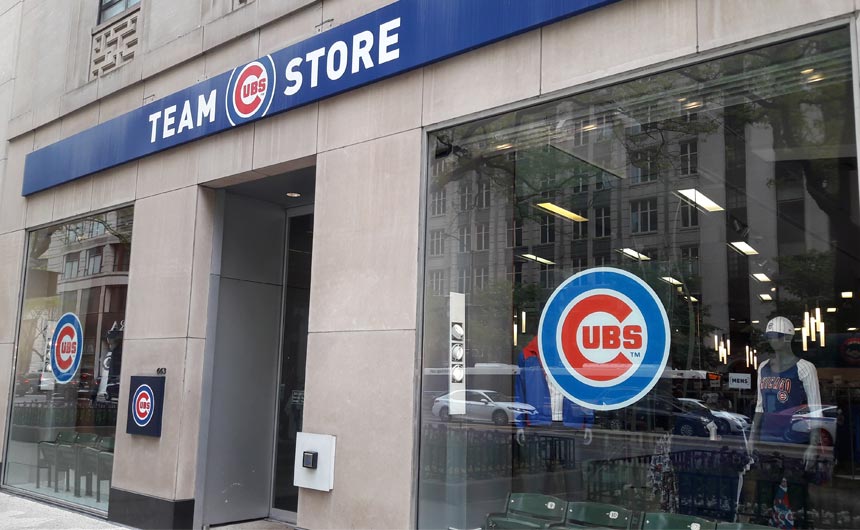
The merchandise range seemed fresh, contemporary and stylish – I would say a notch above the standard ranges you see in sports clubs in the UK. I think a point to note here is that items such as baseball caps are very much part of fashion in the US rather than just souvenirs. The White Sox rivals, the Chicago Cubs, had a dedicated Club shop on Michigan Avenue, which is one of the main shopping streets in Chicago. The shop was well presented with a great range of products supported by clever displays which included items like seating, giving the store a real sporting feel.
Sportswear brand Under Armour had a flagship store in Chicago. It seems to be a brand making good progress. There were a number of interesting licensing and partnership activities in-store. It has a partnership with boxer Anthony Joshua. While it doesn’t carry Joshua branded merchandise, it is using him in a prominent way as a brand ambassador and his photo looms large in-store – he even has a dedicated changing room.
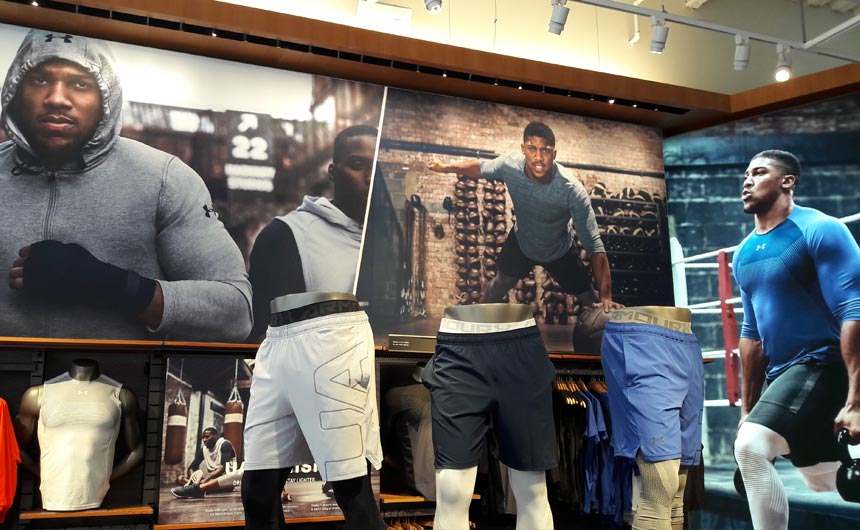
It is interesting to see a major brand embracing boxing – a few years ago it seemed that brands had turned their back on their sport, but boxers like Anthony Joshua have helped the sport move towards the mainstream again. Under Armour also featured licensed t-shirt ranges featuring Star Wars and Warner Bros. – allowing consumers to ‘be fans’ while they train and wear proper training wear rather than standard t-shirts.
Interestingly Under Armour had a range of official NBA merchandise but focused on teams outside the top league – thee range of apparel featured NBA Combine teams, which I believe are the feeder teams for the main NBA clubs. This showed how Under Armour is tapping into sports in a different ways and taking a practical approach to things accessing rights where it can.
It also focused in the Chicago shop on local Chicago teams including college teams like Notre Dame again a nod to being ‘authentic’. It also has a partnership including branded products with Dwayne Johnson aka The Rock. While moving from WWE to Hollywood, Dwayne seems to have maintained some sporting credibility and I guess this is also a testimony to the ongoing place WWE has in pop culture – maybe fans of The Rock have now aged up and are Under Armour consumers.
Chicago’s Ice Hockey team, the Blackhawks, also has a dedicated club shop on Michigan Avenue.
Other brands tap into the sports culture in Chicago – for example chocolate brand Fannie May was selling a range of vintage style tins filled with chocolate using vintage artwork sourced from the Chicago Cubs and featuring the home ground Wrigley Field. It seems businesses in Chicago have recognised the pulling power of sports.
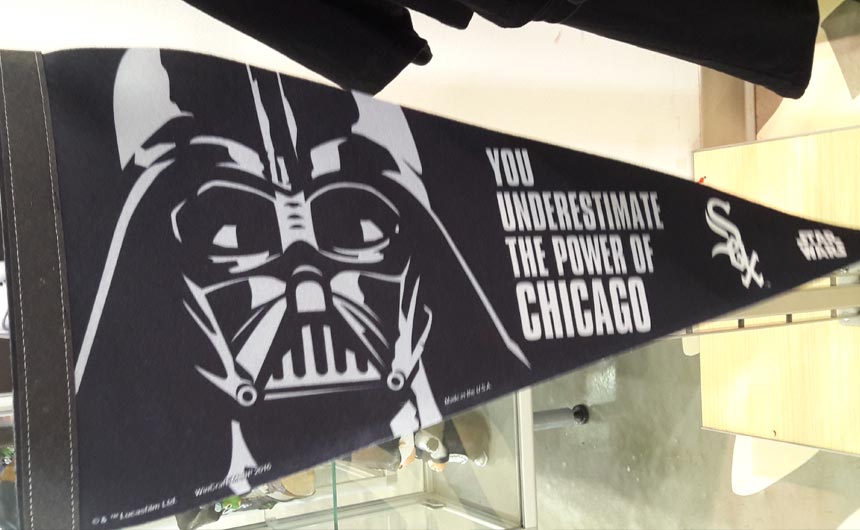
As you would expect there were a lot of ‘collabs’ and ‘exclusives’ to be seen in Chicago shops. It seems the collaboration is now a global licensing phenomenon.
In the sporting world, the White Sox has partnerships with the likes of Pez and also features a range of Star Wars co-branded merchandise including pennants bearing the tagline ‘Never Underestimate the Power of Chicago’ alongside an image of Darth Vader… the White Sox were thrashed the day I went to the ball game!
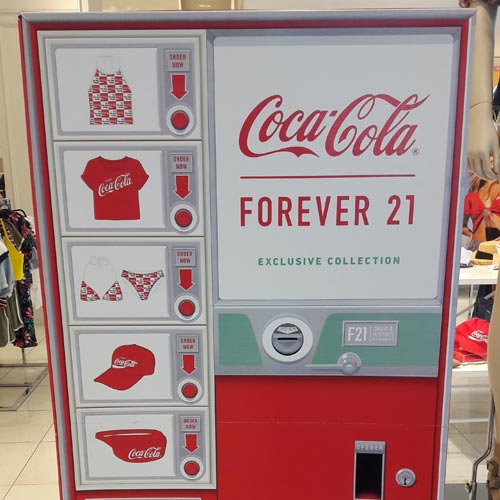
Fast fashion retailer Forever 21 had an ‘exclusive collection’ of Coca-Cola branded apparel. It was promoted in windows and prominently in-store. Design wise it was very simple using the iconic Coca-Cola logo, but the in-store promotion was good including POS designed to resemble a Coca-Cola vending machine.
I also noticed that 7 Eleven was featuring hot chocolate machines that were branded Reese’s Chocolate and dispensed Reese’s Peanut Butter Hot Chocolate. An interesting use of a food brand and a clever extension. One key here was that the brand was being used on the machine as well as the product creating a strong feature in-store and underpinning the strength of this brand in the US.
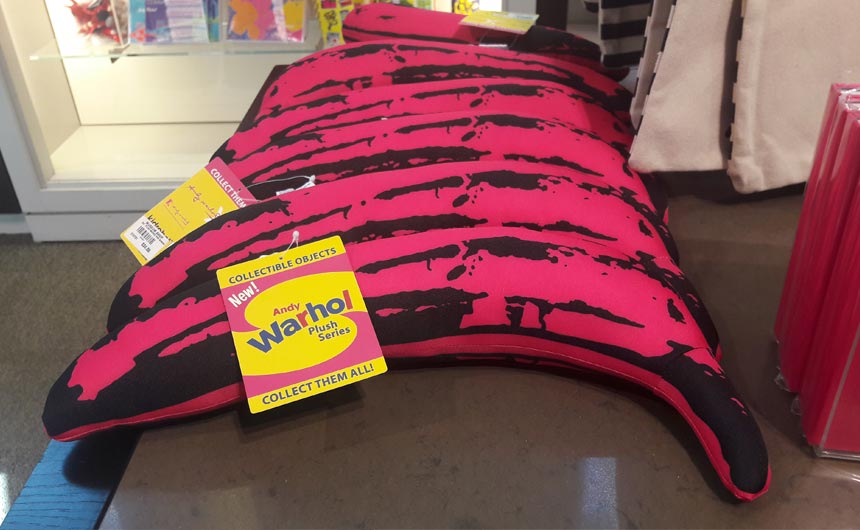
I also visited a number of the excellent museums and galleries in Chicago. Galleries such as the Art Institute of Chicago and the Museum of Contemporary Art have excellent gift shops that feature a blend of their own products mixed with bought in goods from licensees. There are some very clever examples of how art from artists such as Keith Haring and Andy Warhol are used on products.
For example there was a full range of Andy Warhol plush sold as a collectable series including Warhol bananas and clever use of iconic items such as the Campbells Soup Tins – in one case being used to house wax crayons. Keith Haring’s signature artwork was featured on a number of products including some charming wooden toys. Pop art seems to suit licensing and is a natural fit I think. It is an opportunity that I think has more scope for growth in the UK market.
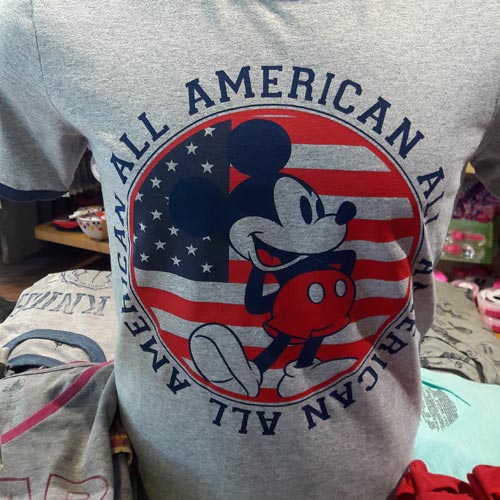
I popped into a Disney Store while in Chicago – I think there are at least two in the city. This reaffirmed to me how adept Disney is at freshening up its brands with new design treatments. For example there was a Mickey Mouse Memories range – ‘Blast into the Space Age with this mug, plush and pin set inspired by the 1950s’. There was also a nice range of classic character apparel with an ‘All American’ theme nodding to collegiate wear.
I guess the Disney Store is in part a test bed for the rest of the market – Disney seems to use the facility well.
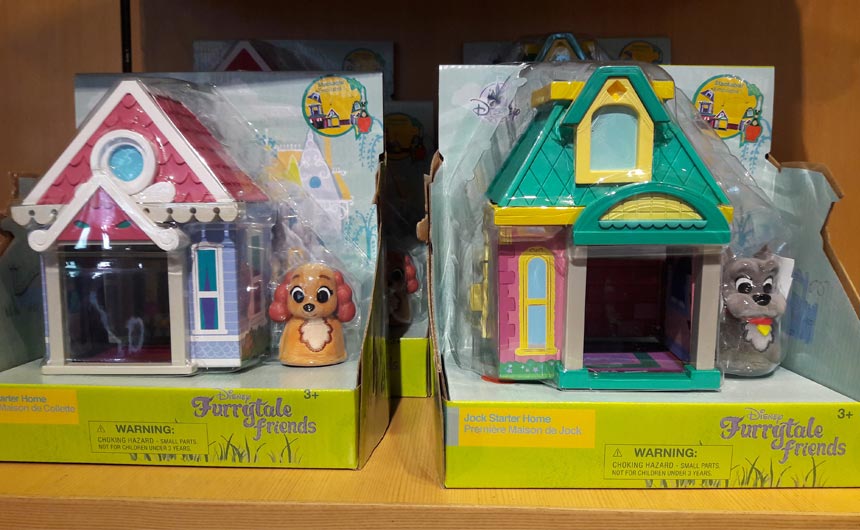
I also noticed a new collection called Furrytale Friends. This was based around animals from the Disney film family such as The Aristocats and ran across apparel, plush and play-sets. It had its own feature area in-store.
It reminded me a bit of the Disney Princess collective approach – from Disney’s point of view creating these family of characters under a group branding allows it to explore its archive and to target parts of the market it is perhaps not reaching already. That said it is difficult to think of market segments that Disney isn’t reaching!
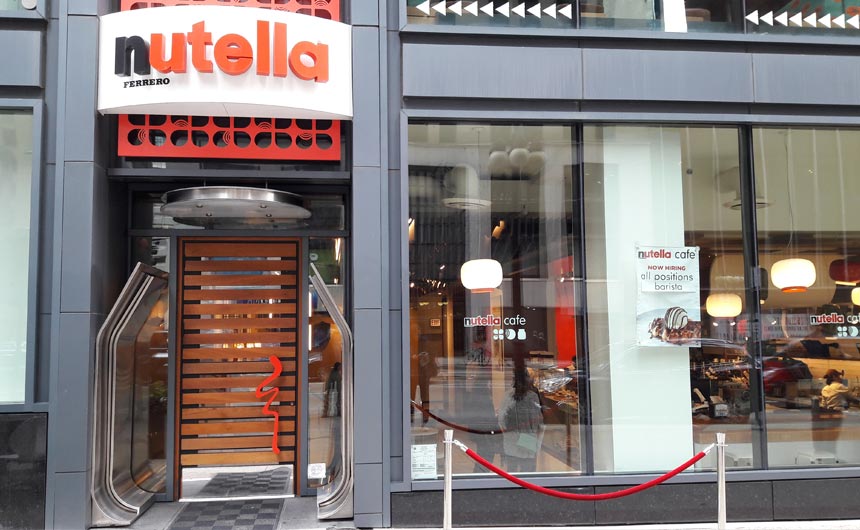
Another point of interest in Chicago was the presence of branded cafes and restaurants. A couple of note were a Nutella Cafe and a Weber Barbecue Grill restaurant. This seems to be a growing trend – brands being used in a more ‘experiential’ way. Related to this were a few examples of celebrity brands featuring in restaurants – one example being Michael Jordan’s Steakhouse.
I think the US is ahead of the UK in this regard, but it is encouraging to see brands being used in this way and is an area that may offer growth potential in the UK market.
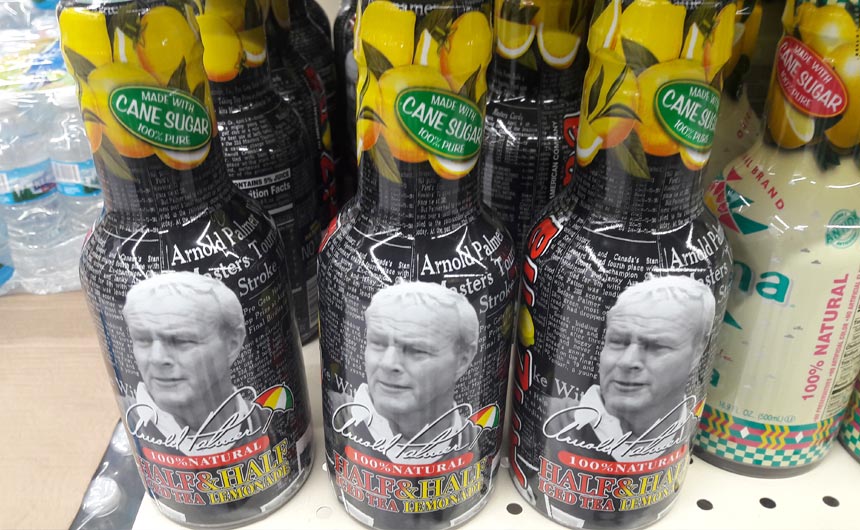
I was also fascinated and surprised to see that legendary golfers Arnold Palmer and Jack Nicklaus feature on ranges of ice teas sold in supermarkets. I am guessing the logic behind this is their cross generational appeal, their untarnished reputations and I guess the fact that they may appeal to older consumers.
It made me think that we do need to think about licensing opportunities that might appeal to and suit older consumers – perhaps as an industry we are guilty of focusing too much of our efforts at the younger end of the demographic scale.
One FMCG product that really surprised me was newspaper comic strip character Andy Capp featuring on a range of cheese corn snacks. First I didn’t realise that Andy Capp was known in the US – can’t imagine what they make of him – and secondly full marks to the licensing team behind that deal – it is tough to sell into FMCG. Hope springs eternal in me after seeing that deal!
This was a whistlestop tour of the Windy City – I really would recommend a visit there, but I guess the other point to make is that it is always refreshing to see how different markets and market sectors are embracing licensing. It certainly gave me a lot of ideas and food for thought.
Anyone for Colin Montgomerie Hot Chocolate?
Ian Downes runs Start Licensing, an independent brand licensing agency. His Twitter handle is @startlicensing – he would welcome your suggestions for what to look out for.




























